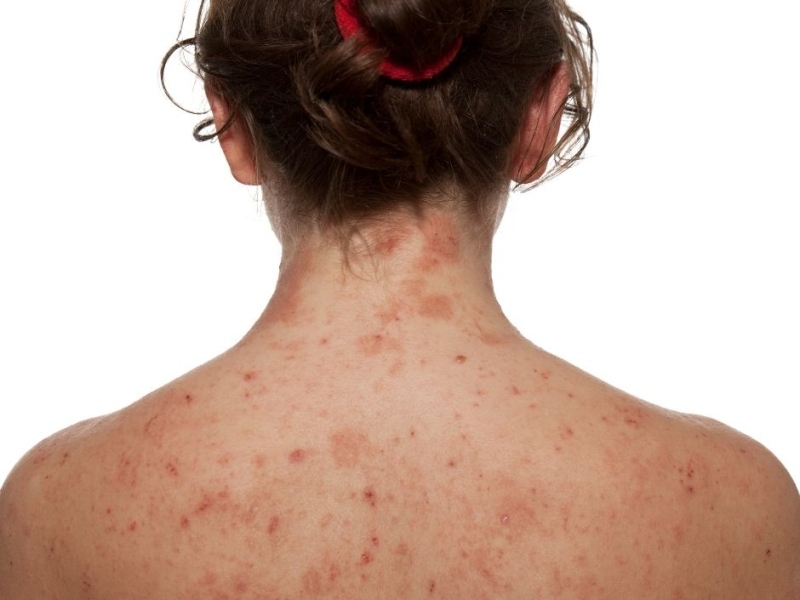Contact dermatitis is a skin reaction to allergens or substances that have the potential to produce allergies or reactions.
The skin infection is caused by the skin's reaction to specific stimuli.
Doctors and dermatologists typically diagnose contact dermatitis as one of four types or classifications. Irritant contact dermatitis (ICD), allergic contact dermatitis (ACD), photocontact dermatitis (PCD), and contact urticaria are the four types of contact dermatitis.
Ordinary people may have difficulty identifying and distinguishing these forms or classes of contact dermatitis, but they can help assess the nature and origin of the skin condition.
In the United States, the majority of recorded and diagnosed cases of contact dermatitis occur in adults rather than children or the elderly.
Contact dermatitis causes
Contact dermatitis can be caused by a variety of allergens or allergy-causing chemicals. However, published examples of such skin diseases point to a number of causes or events that set off the reaction.
Soaps and perfumes are the most prevalent sources of contact dermatitis allergies. This is because the use of such substances is unavoidable, making the problem difficult to address.
Your skin's sensitivity to drool, detergents, a variety of allergy-causing foods, and lotions, particularly those with harsh substances, can all cause contact dermatitis.
Some plants have also been discovered to produce enzymes that might cause contact dermatitis. Poison ivy is one of these plants.
Contact dermatitis is also caused by over 3,000 substances that have been identified. Those based on common metals like mercury, chromium, and nickel are among them.
Some cosmetics can irritate the skin and cause contact dermatitis symptoms to occur. Permanent hair colours, eye shadows, lipstick, clothes dyes, sunscreens, and nail polish are among the cosmetics that have been discovered as causing skin infections.
Contact dermatitis signs and symptoms
Contact dermatitis can manifest itself in a variety of ways. It should be emphasised, however, that the symptoms may change from person to person. To be sure, you should seek additional guidance and a dermatologist's examination.
When there is swelling or moderate redness in the skin, it is called contact dermatitis. The infected spot's appearance could not be confused for typical bug bites.
There is also blistering and irritation in the affected skin area. When the diseased skin area thickens or scales, it is almost certainly contact dermatitis.
Treatment and prevention are both important.
The American Academy of Allergy, Asthma, and Immunology recommends the following basic but effective therapies for treating contact dermatitis. With soap and plenty of water, thoroughly clean the affected skin area. When symptoms first emerge, do this as soon as possible.
All clothing and objects that have come into contact with or touched plants or chemicals that contain contact dermatitis allergens should be thrown away or washed properly.
Use a cold compress to relieve and soothe skin inflammation or the infected area, especially if the blisters split or fracture.
Do not hesitate to see a doctor or a dermatologist if the symptoms are severe.
Baths in lukewarm water are also proven to soothe and control skin infections quickly.
The best strategy to prevent allergies is to avoid all allergens that have been identified.










 And then Add to Home Screen.
And then Add to Home Screen.